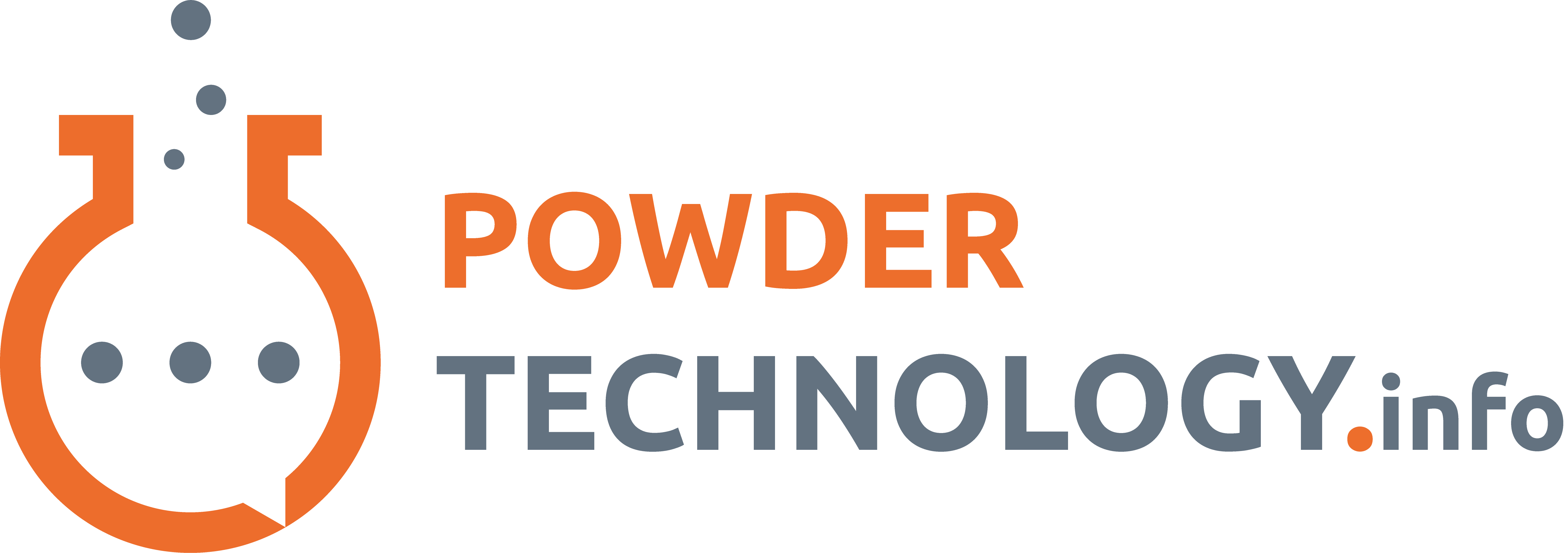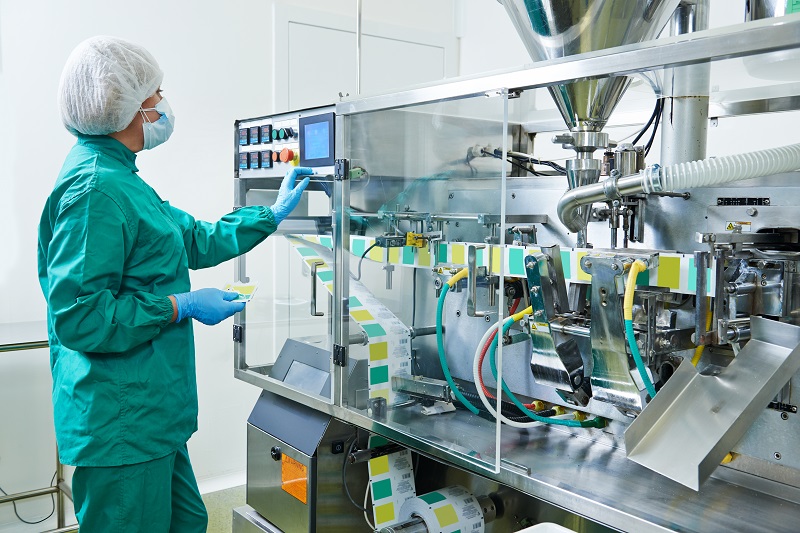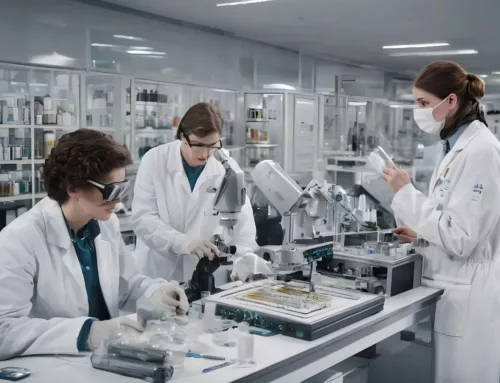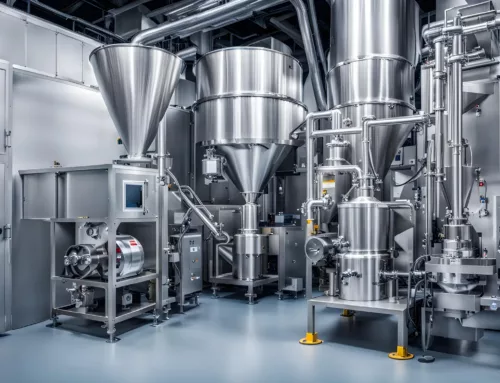The manufacturing of pharmaceutical products such as drugs, minerals, vitamins, and even herbs requires a wide array of production methods with the possibility to produce harmful dust. Some of the most common unit operations such as spray-drying, mixing, blending, screening, sieving, tableting, encapsulating, coating, milling/ sizing, and conveying can be dust initiating processes.
Pharmaceutical dust presents pharma industry-specific challenges. This does not mean that the dustiness is an issue unique to the pharmaceutical industry, but is relevant to any industry where powdered materials are mixed, transported, and handled. That being said, due to the nature of the products used in pharma, the dustiness phenomenon needs close attention. Several factors need to be taken into account, such as the potential effects on worker health as well as working with chemical hazardous materials. One must look at the material value both from a chemical perspective as well as from a physical properties perspective. Also, dust retrieval/ management and cross-contamination need to be considered as well.
What is pharmaceutical dust?
.
Particles that are smaller than approximately 100 micrometers and which are intrinsically present in the product, can be released into the air. In parallel, conveying and handling of the products can also induce attrition and abrasion by which the particle size distribution will contain a larger contribution of smaller particles and therefore an increased dustiness potential. The material size, shape, process type, handling speed, and material properties impact dust characteristics and dust generation rates. The release of the hazardous dust material may occur during the production of a pharmaceutical product such as pills, tablets, and orally ingestible powders, or during the equipment cleaning process. Therefore one needs to be clear on several factors, such as the chemical and physical characteristics of the material processed as well as the environmental interaction that may occur, which leads to cross-contamination, i.e. dust contamination of other products may occur, leading to impact on product quality and safety and/or cleaning costs of process equipment. The latter consequence also leads to additional (maintenance) downtime and possible wear of expensive machinery.
How can pharmaceutical dust be harmful?
Pharmaceutical dust is generally very fine (as mentioned, in 100-micron range = 100 μm), dry, light particulate, and can become airborne with even a minimal airflow. In certain pharmaceutical uses, some of the dust could be agglomerative or hygroscopic in nature. Some substances pose a risk when they are introduced into the atmosphere/ work environment, such as pharmacological substances due to their chemical compositions, such as steroids, hormones, or narcotics. If the process operator is exposed by either breathing or touching them, it may cause side effects such as respiratory infection, skin irritation, and other physical issues. The chemical effects are most commonly seen from the API perspective (active pharmaceutical ingredient). However, the excipient materials in pharma production may also affect health due to the particle shape, size, and solubility. These substances enter the human body most commonly through inhalation, entering the lungs, but can also be absorbed by the skin and enter the body through the eyes.
.
Pharmaceutical Dust characterization and laboratory testing
The pharmaceutical industry sets itself apart from other industries, because of the (costly) nature of the material limits. Thus imposing limits on itself in the milligram quantity of the to be characterized material available, for testing during product development and quality control. There are different methodologies to quantify the dustiness potential of products, either by use of the Heubach rotating drum method or the continuous drop or rotating drum dustiness methodology. In the rotating drum dust meter, the sample is placed in a drum, and handling and conveying are simulated by rotation of the drum Utilizing a well-controlled airflow, the dust released is transferred to a sampling section where the total amount of released dust is deposited onto a filter and can be quantified using the Heubach, offering the possibility for additional separation into an inhalable, thoracic, and respirable fraction as described in the EN 15051.
The EN 15051 rotating drum methodology also provides information on the fraction of particles with an aerodynamic diameter smaller than 10 micrometers. The dust particulates on the filter are quantified and can be used for further analyses, for example, particle size analysis, particle shape analysis, or density analysis. The EN 15051 standard method also includes a continuous drop methodology simulating the emptying of a storage reservoir thereby inducing a continuous flow of product that can release airborne dust particles and contributes to dustiness formation. This dustiness formation is then classified into an inhalable and respirable fraction.
The Delft Solids Solutions approach classifies the collected dust into three fractions: Inhalable, Thoracic, and Respirable. This enables to correlate how far the particles could penetrate the respiratory tract and predict their harmfulness. This method is frequently recommended and applied by the US Environmental Protection Agency (EPA).
The pharmaceutical industry generally uses substitutes such as lactose to indicate active pharmaceutical ingredients in tests, because of its potential toxicity exposure. Differences between the dust potential of the API and the substitute allow for the question of the significance of the substitute analyses to signify true exposure in the workplace. Delft Solids Solutions can help through the use of the previously mentioned methods to determine the dustiness of both the API and its substitute, the resulting ratio can help to interpret dust concentrations from the substitutes in effect creating a usable benchmark.
Delft Solids Solutions is also capable of assessing the agglomerative or hygroscopic qualities of the dust examined.
.
How to manage pharma dust risks?
One of the most significant approaches to dust management is through the formulation of a product with a lower dust potential. And while the formulation of a drug is generally referred to as the design from a toxicological viewpoint. The formulation of excipients in a certain way can have a major effect on dust management. Once a product is created that has a lower dust potential managing the dustiness in the environment becomes simpler.Another important approach is what is termed Source capture. Whenever possible, being able to capture the dust at its instigation source is always the desired approach. Source capture involves employing various types of coverings to isolate the pharma dust at or as near as possible the point of origin, to safeguard the process operator and prevent the airborne dust particle from migrating elsewhere throughout the facility.
Source capture is the most effective means of capturing the airborne dust particles requiring the least amount of effort in terms of investment and quality control management. Source capture is accomplished by utilizing local fixed coverings integrated as part of the mixer or conveyor.Another very important method of managing dust potential is through the use of filtration and extraction systems. The installation of an industrial filtration system will manage and guarantee compliance with regulatory standards of both hazardous materials and cross-contamination issues.Filtration solutions for pharmaceutical processes may also require special options or accessories to improve the safety and reliability of the filtering system. Through these filtration systems, it is possible to contain the dust-generating process from the rest of the facility and protect the contained area. An example of this would be to create a separated area maintained under negative pressure with the extracted air ducted to a dust collector located remotely.Achieving full regulatory compliance is based on the proper use of equipment and process instruments as well as testing both in the work environment as well as under laboratory conditions.Neglecting to comply with regulatory standards raises the probability of workplace exposure which may be detrimental to environmental conditions, worker health and can lead to possible dust-related explosions. The latter is regulated in the ATEX directives, these consist of two EU directives describing the minimum safety requirements of the workplace and equipment used in explosive atmospheres.
Regulatory authorities and the pharmaceutical industry puts great emphasis on manufacturing pharmaceutical products using best practices and stringent process control that ensure high levels of quality management and ensures worker, environmental and explosion safety.






